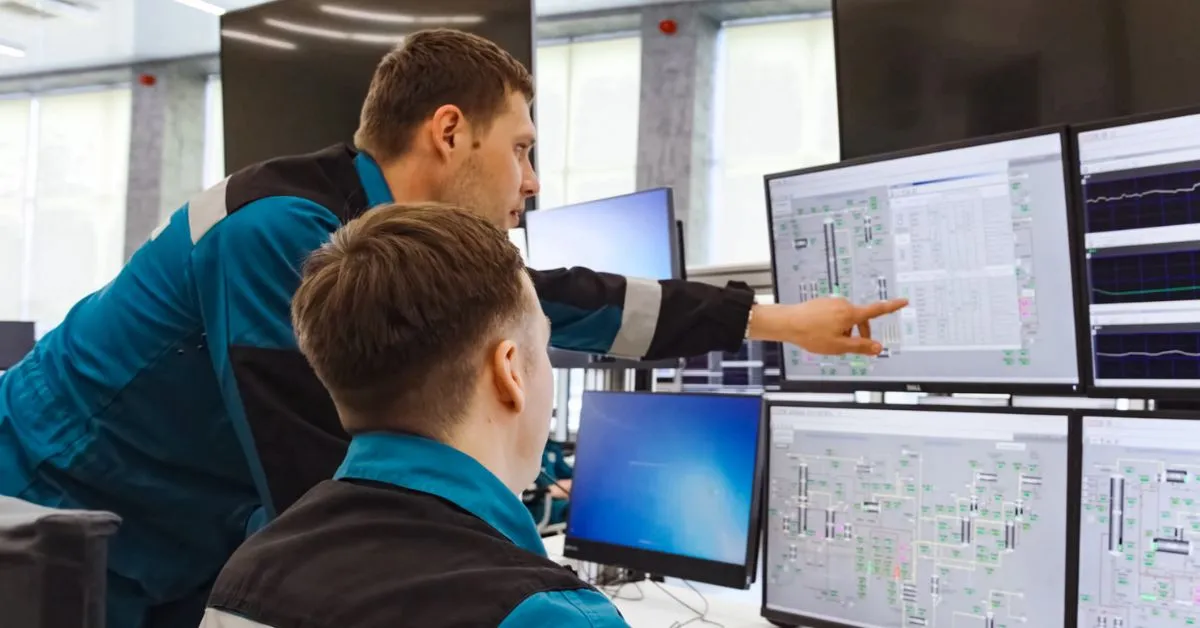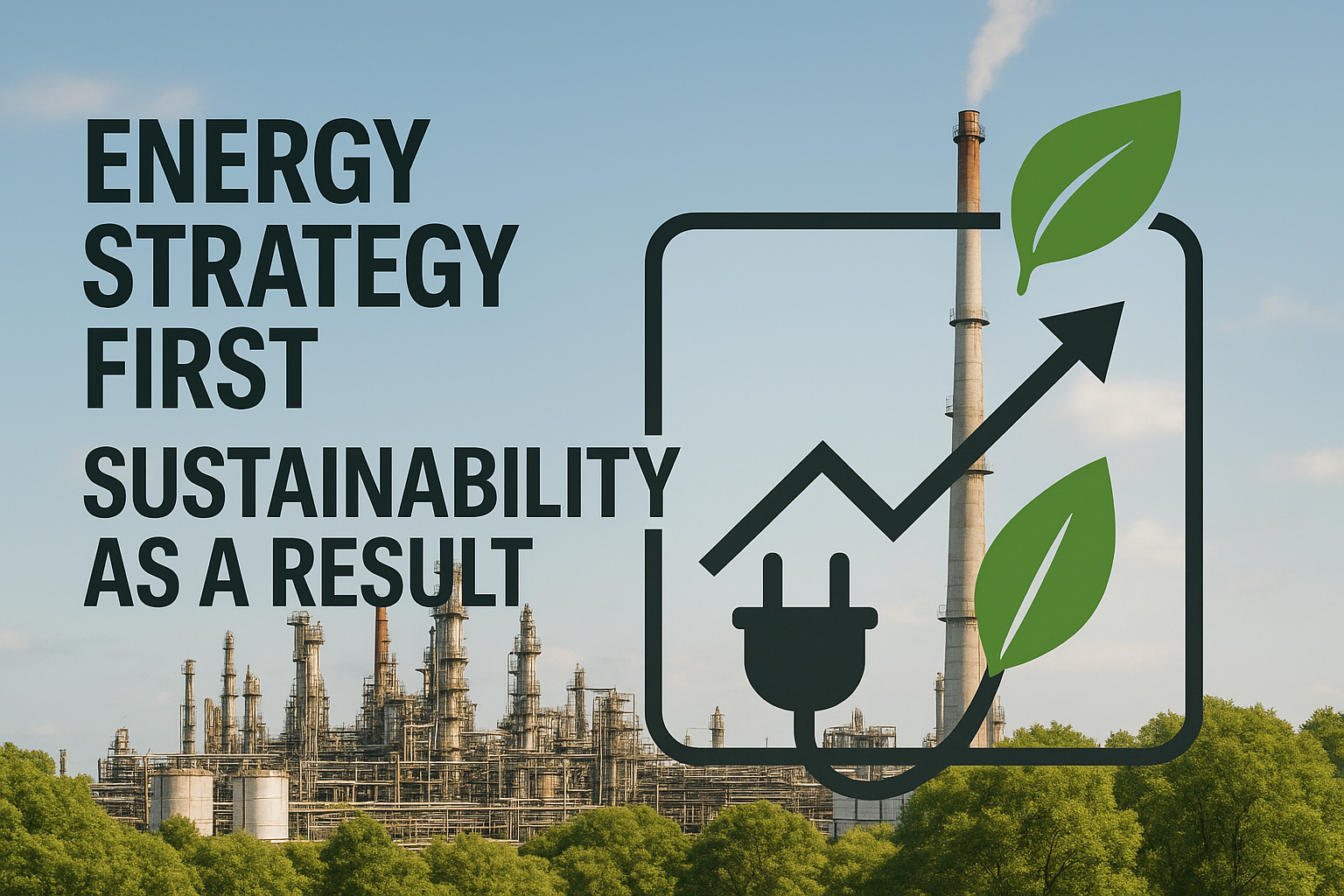Industrial safety incidents cost process industries billions of dollars annually, with unplanned downtime estimated at $50 billion each year, as production halts devastate revenue streams. This underscores why Safety Instrumented Systems (SIS) play a vital role in maintaining operational boundaries.
An SIS combines sensors, logic solvers, and final control elements that continuously monitor critical variables and intervene when conditions deteriorate. Conventional systems employ deterministic, rule-based logic that responds only after parameters exceed predetermined thresholds.
While this traditional approach safeguards against known hazards, it struggles to identify gradually developing anomalies, triggers unnecessary shutdowns, and demands rigorous calibration. Industrial AI transforms this model by overlaying intelligence on existing safety infrastructure, enabling a shift toward proactive risk management.
This evolution facilitates early anomaly detection, optimization within safety parameters, and rapid decision-making capabilities. The sections that follow examine SIS fundamentals, AI-enhanced safety approaches, constraint-respectful optimization, predictive maintenance strategies, and real-time operational insights, showing how industrial AI solutions are reshaping process safety.
Understanding Safety Instrumented Systems
When you run a complex process-industry facility, a Safety Instrumented System serves as an independent layer of protection.
A Safety Instrumented System (SIS) is built around three core components:
- Sensors that continuously track critical process variables
- Logic solvers that evaluate conditions and decide when action is needed
- Final control elements, such as a shutdown valve, that execute protective actions
This sequence of sensing, decision-making, and corrective action forms the safety lifecycle that repeats continuously during operation.
Oil and gas, chemical, power, pharmaceutical, and mining sites rely heavily on SIS technology. Modern practice traces back to the early 1990s, when the draft of IEC 61508 codified risk-based design principles and introduced Safety Integrity Levels (SIL 1–4). Higher SIL ratings call for exponentially greater reliability, a requirement that shapes everything from hardware redundancy to proof-test frequency.
Unlike a basic process control system, your SIS intervenes only when operating conditions cross predetermined risk thresholds. That reactive stance, however, reveals several long-standing constraints that process industry leaders know all too well:
- Reactive trips can disrupt production schedules and create costly unplanned downtime
- Sensor drift or noise may trigger nuisance shutdowns that interrupt operations without addressing real safety concerns
- Fixed logic struggles with evolving process dynamics, leaving gaps when conditions change from original design assumptions
- The intensive calibration and proof testing required to maintain SIS reliability also increase maintenance workload and operational complexity.
Recognizing these limitations is the first step toward adopting more adaptive, data-driven protection strategies that can enhance both safety and operational efficiency.
How AI Enhances Safety Instrumented Systems
Traditional Safety Instrumented Systems spring into action only after preset limits are breached, often forcing shutdowns that cost time and money. Industrial AI solutions layer on top of those protective controls, shifting operations from reactive shutdowns to proactive risk management, placing process optimization squarely inside the plant’s safety envelope.
AI engines continually evaluate high-frequency data from multiple sensors simultaneously, spotting subtle correlations that fixed thresholds might miss. This real-time analysis provides early warning of conditions that precede incidents, enabling intervention well before alarms sound or trips occur.
As models learn typical operating patterns, they distinguish normal variability from genuine danger. This approach reduces nuisance trips that stem from sensor drift or process noise. Adaptive logic refines setpoints as equipment ages or feed quality changes, while built-in diagnostics trace the root cause of abnormal events in seconds rather than hours.
AI augments rather than overrides existing protections. All recommendations stay within certified limits defined by IEC 61511 standards, ensuring that the deterministic safety layer operates independently and reliably when true hazards emerge.
AI-Driven Process Optimization Within SIS Limits
AI process optimization captures operating value that traditional Safety Instrumented Systems leave untapped. Machine-learning models analyze high-frequency sensor data in real-time, recognizing patterns long before alarm thresholds are reached. This enables setpoint adjustments that extract more value from temperature, pressure, and flow variables while remaining inside certified risk envelopes.
This continuous fine-tuning reduces energy use, cuts giveaway, and lowers emissions without challenging the Safety Integrity Level assigned to each function. The SIS maintains final authority over safety decisions, ensuring profitability improvements never compromise protection.
Consider a heater that automatically moderates fuel rates as fouling builds, or a polymer reactor with residence time adjustments that prevent runaway conditions. The AI solution keeps key variables from drifting toward trip points, preventing nuisance shutdowns and maintaining steady throughput.
Every recommendation passes through logic that mirrors SIS constraints. Any control move that risks violating a limit gets rejected automatically. When paired with closed-loop optimization approaches, these guardrails validate each control move in milliseconds, preserving safety while steadily improving margins.
Predictive Maintenance in AI-Enhanced SIS
Traditional preventive maintenance follows rigid schedules, replacing components every six months and calibrating transmitters after set hours, regardless of the actual condition. Predictive maintenance takes a smarter approach: algorithms analyze vibration, temperature, and response patterns in real time to forecast exactly when components will degrade.
Within Safety Instrumented Systems, machine-learning models detect subtle early warning signs like sensor drift or sluggish valve response before they compromise safety functions. This continuous analysis filters genuine risks from operational noise, reducing the false trips and unnecessary downtime that plague schedule-based maintenance.
Plants can optimize maintenance timing without compromising Safety Integrity Level requirements; industry standards support condition-based strategies when validation proves equal or superior performance.
Process industry leaders adopting this approach experience:
- Fewer unplanned shutdowns through early intervention that prevents small issues from escalating into safety-critical incidents
- Reduced lifecycle costs by avoiding premature component replacement and optimizing labor allocation
- Extended asset life through precise monitoring that maintains equipment within optimal operating windows
This transformation keeps operations running smoothly while maintaining the protective barriers that matter most.
Real-Time Data & Decision-Making With AI
Moving from reactive shutdowns to proactive protection requires your Safety Instrumented System to process and analyze data the moment it’s created. Modern sensors stream temperature, pressure, and flow readings continuously, and an AI layer interprets that information in real-time to guide safe operation before preset limits are breached.
Edge or on-premises AI engines process high-frequency signals, then write optimal setpoints back to the distributed control system rapidly. In high-risk applications like turbine overspeed protection, the window for action can be extremely narrow. These systems rapidly detect excursions that approach shutdown thresholds and trigger protective actions, safeguarding both equipment and operating margins.
Streaming data feeds self-learning models that refine predictions with every cycle, turning plant data into living guidance. This feedback loop tightens safeguards and reduces false trips that cost production time and create unnecessary stress on equipment.
Real-time optimization delivers value only when the underlying data is trustworthy. Clean time stamps, validated sensor health, and robust cybersecurity controls guard against noise or interference while enabling continuous safe, efficient operation. With this foundation, plants can expect measurable improvements in both safety performance and operational efficiency.
How Imubit Connects AI and Safety Instrumented Systems
Process industry leaders face a critical constraint: maximizing operational efficiency while maintaining absolute safety integrity. Traditional approaches force a trade-off between optimization and risk management, leaving significant value on the table.
Imubit’s solution bridges this gap by linking advanced analytics to the safeguards you already trust, operating entirely within the constraints enforced by your Safety Instrumented Systems.
The platform reads live plant data, learns underlying relationships using reinforcement learning, and writes optimized setpoints back to the control system. At no point does it alter or bypass SIS logic; those dedicated layers retain every final safety decision.
By continuously nudging conditions toward more profitable, energy-efficient operating points, the AI reduces the likelihood that process drift ever reaches a trip limit.
This approach delivers measurable results across multiple dimensions. Risk reduction occurs through early anomaly detection that spots subtle degradations long before alarms fire. Energy consumption and emissions decrease as the model balances heat, fuel, and throughput in real-time.
Plant margins improve as unit yields are tuned hour by hour instead of shift by shift. Operations teams build expertise through transparent recommendations and “what-if” scenarios that develop trust in the optimization process.
Because the AI respects every SIS boundary, plants achieve safer, more sustainable operations without compromising regulatory requirements. This transforms compliance constraints into opportunities for continuous optimization, turning what was once a limitation into a competitive advantage..
Consider AI-Enhanced Safety Systems in Achieving Operational Excellence
AI process optimization transforms static Safety Instrumented Systems into adaptive protection layers. Real-time analytics layered over sensors, logic solvers, and final elements recognize anomalies before fixed thresholds trigger, reducing nuisance trips while tightening risk control.
The result delivers predictive maintenance that keeps equipment ready, optimization that cuts energy waste, and rapid, data-driven decisions that safeguard people while protecting margins. Plants applying these solutions report fewer unplanned shutdowns and lower lifecycle costs.
Adoption accelerates as standards tighten and Industry 4.0 infrastructure brings richer data to every instrument. Launching an AI-enabled SIS pilot today positions you for deeper safety integration, tighter emissions targets, and faster returns.
For process industry leaders aiming to blend safety with profitability, the path forward begins with understanding how intelligent systems can work within your existing protective framework. Get your Complementary Plant Assessment to locate your plant’s opportunities for process optimization and efficiency.




